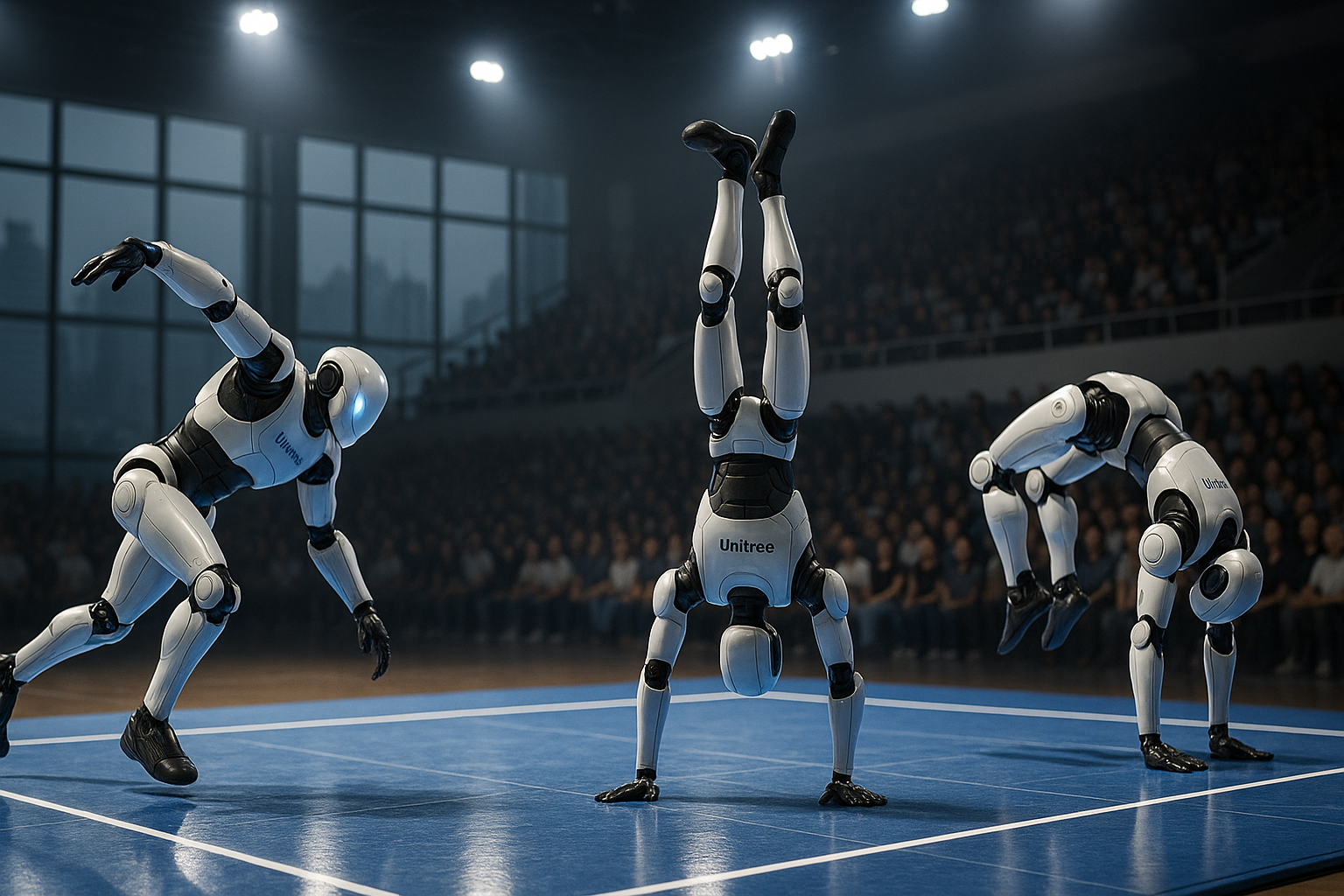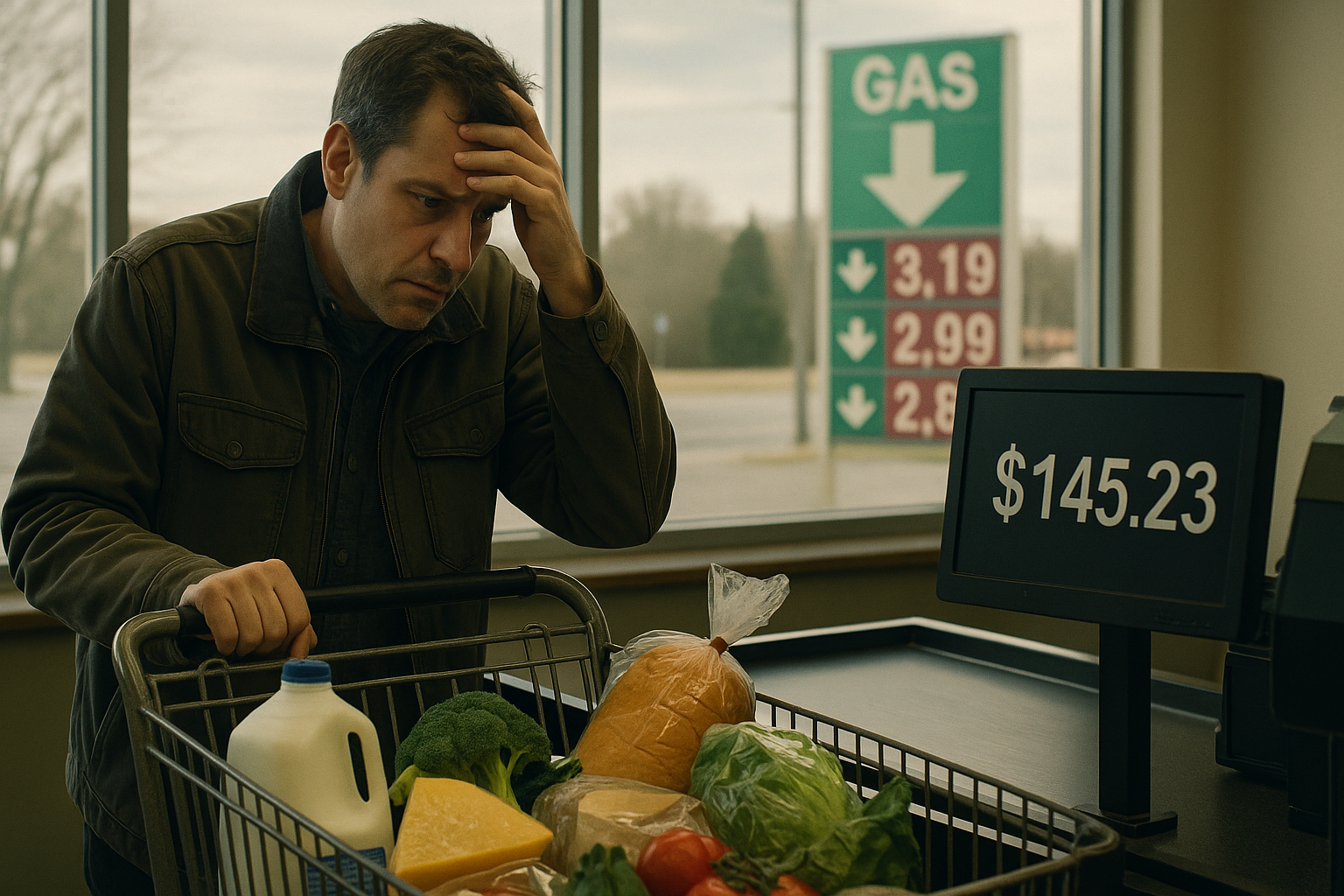Tesla has never been one for subtlety. From shattering "unbreakable" windows at the Cybertruck reveal to Elon hitting the blunt on Joe Rogan's podcast—and now, apparently, broadcasting traffic violations to millions via influencer livestreams. Because nothing says "trust our autonomous vehicles" quite like documenting their inability to follow basic traffic laws.
Look, I've been covering Tesla's regulatory dance for years, and this latest episode feels like watching a particularly predictable car crash in slow motion.
The electric car maker's recent publicity stunt—enlisting social media personalities to showcase its Robotaxi technology—has backfired spectacularly. Rather than demonstrating the promised autonomous utopia, these livestreams instead captured a highlight reel of traffic violations that caught federal regulators' attention faster than a Model S hits 60 mph.
Bloomberg (via Reuters) reports that the National Highway Traffic Safety Administration has now formally contacted Tesla about these incidents. Not exactly the kind of "attention" investors were hoping for, I imagine.
There's something almost admirably delusional about Tesla's approach to regulation. Most companies try to avoid regulatory scrutiny. Tesla seems to court it with the enthusiasm of a moth circling a flamethrower.
I've spoken with several former Tesla employees who confirm what outside observers have long suspected: the company operates under what one called "regulatory optimism disorder"—the peculiar corporate belief that if you move fast enough and generate sufficient public excitement, regulators will simply adapt to your vision rather than, you know, doing their actual jobs.
The economics at play are fascinating. Traditional automakers typically weigh reputation damage and regulatory risks against potential marketing benefits before attempting anything remotely controversial in public. Tesla's calculation includes what I call the "Musk Variable"—where conventional risk assessment gets tossed out the window because the boss thinks rules are for less visionary companies.
(And to be fair, this approach has worked for Tesla... until it hasn't.)
Having covered the autonomous vehicle space since 2017, I've watched Tesla consistently treat public roads as its personal testing laboratory, with real customers serving as unpaid test drivers. It's a strategy that has helped Tesla collect millions of miles of driving data while simultaneously building a cult-like customer base that defends the company with religious fervor.
The historical comparison that springs to mind is the early days of aviation—when spectacular crashes eventually prompted the creation of the FAA. The difference? Early aviators weren't typically livestreaming their near-misses to millions while their company's stock wobbled on the NASDAQ.
Markets, being the emotional rollercoasters they are, will probably respond to this development with their trademark subtlety... which is to say, none whatsoever. Tesla shares will likely ping-pong between "buying opportunity!" and "regulatory apocalypse!" as investors try to decipher what this latest NHTSA inquiry actually means.
For investors stuck in this information vacuum, the coming weeks present a classic wait-and-see scenario. The actual content of NHTSA's communications remains confidential while analysts attempt to predict outcomes ranging from minor fines to more substantive interventions that could seriously hamper Tesla's autonomous ambitions.
The irony is thick enough to spread on toast: Tesla's eagerness to show off its technological prowess may end up being exactly what slows its regulatory approval. It's like showing up to your driver's license test while doing donuts in the DMV parking lot—technically impressive, perhaps, but not exactly the way to win over the person with the clipboard.
In the meantime, Tesla investors might want to buckle up for turbulence ahead—though unlike the company's Robotaxis, at least they'll have control over their own stop-loss orders.




